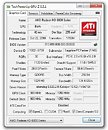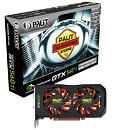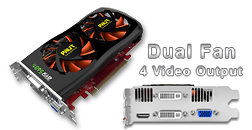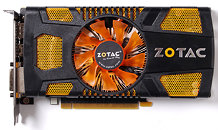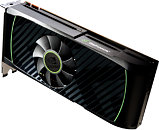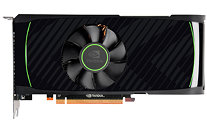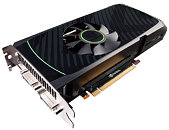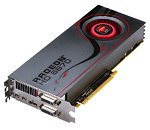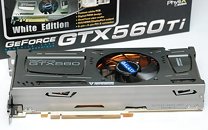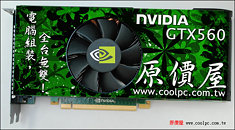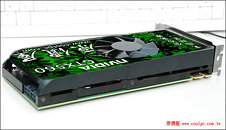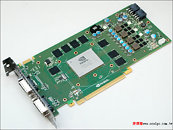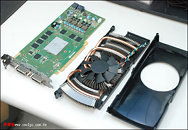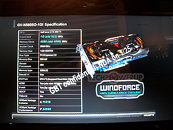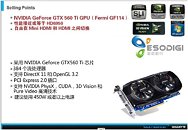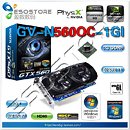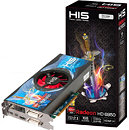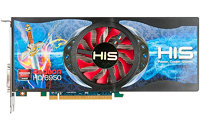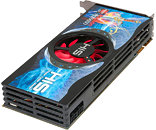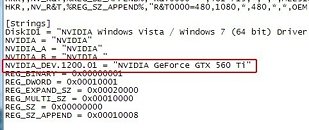
TechPowerUp GPU-Z 0.5.1 Released
TechPowerUp introduced version 0.5.1 of GPU-Z, our lightweight graphics sub-system information and monitoring utility. GPU-Z provides you with technical details of your installed graphics processors, and lets you monitor clock speeds, voltages, temperatures and fan speeds. This month's release adds support for new GPUs, improves stability, and corrects some minor bugs. To begin with, detection for the new NVIDIA GeForce GTX 560 Ti graphics processor is added, alongside GeForce GTX 480M, and GeForce GTX 485M. Detection was improved for GeForce GTX 460M, GT 445M, and GT 435M. Early support for AMD's Fusion Llano, Ontario, and Zacate-embedded APUs were also added.
With the latest driver, NVIDIA had blocked our power-throttling disable parameter. We found our way around it, and using a new method, fixed the "/GTX500OCP" parameter using which you can override NVIDIA's power throttling feature. Support for new voltage controllers used by the latest batches of Radeon HD 6800/HD 6900 series graphics cards were also added. A number of stability improvements were made, and bugs fixed. The updates notifier is less pesky, it checks for timely updates in the background when GPU-Z is launched (according to update check frequency defined by user), and appears to users only if it finds that new updates are available.DOWNLOAD: TechPowerUp GPU-Z v0.5.1
A complete list of changes follows.
With the latest driver, NVIDIA had blocked our power-throttling disable parameter. We found our way around it, and using a new method, fixed the "/GTX500OCP" parameter using which you can override NVIDIA's power throttling feature. Support for new voltage controllers used by the latest batches of Radeon HD 6800/HD 6900 series graphics cards were also added. A number of stability improvements were made, and bugs fixed. The updates notifier is less pesky, it checks for timely updates in the background when GPU-Z is launched (according to update check frequency defined by user), and appears to users only if it finds that new updates are available.DOWNLOAD: TechPowerUp GPU-Z v0.5.1
A complete list of changes follows.
